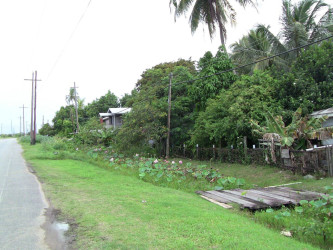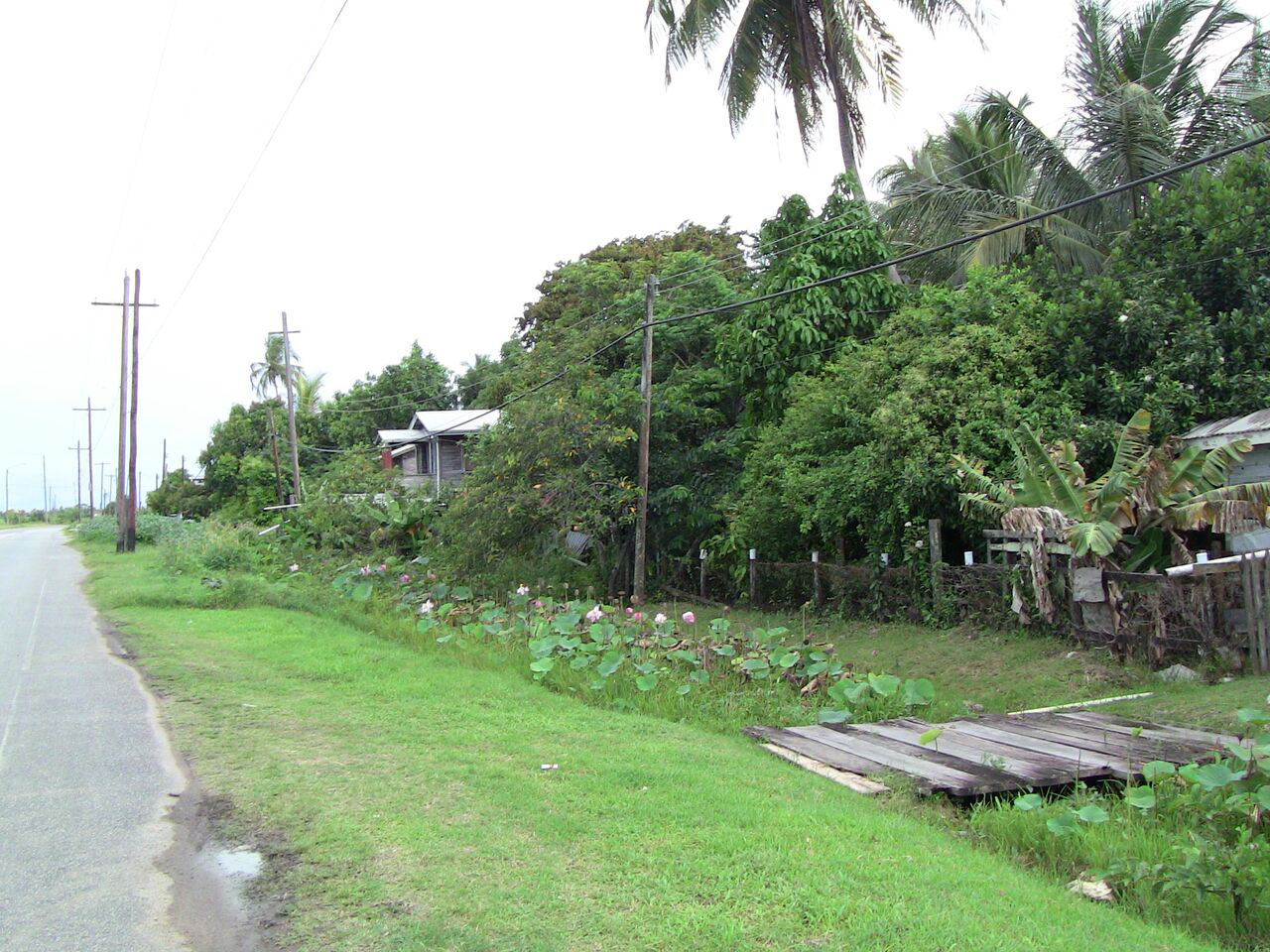Story and photos by Jannelle Williams
Some 7.5km from New Amsterdam the village of Palmyra begins with a cluster of houses that take on a housing scheme kind of look. But as one goes further into the village, the houses become more separated and the land on which they sit is larger. This, among other things, marks the distinction between the two sections of the village: Palmyra south being the cluster of houses with the new wave of villagers and Palmyra north being the sprinkle of sprawling properties owned by persons who can trace their heritage to the first settlers in the village.

Nestled between the villages of Seawell and Number 2, Palmyra is said to be somewhere around 160 years old, and is a community of mostly third generation Indian Guyanese, descendants of East Indian indentured immigrants.
The village’s oldest resident, 92 years old Evelyn Ramroop, fondly known as Aunty Ivy, is not one of these descendants, but she was married to one. The woman, originally from Port Mourant on the Corentyne, moved into the village in 1940 upon her marriage and never moved out. According to her, Palmyra is a blessed place. “When I marry and come here, Palmyra was a nice place; quiet, the people were loving and kind and everything,” she said. She recalled that in those days, most of the villagers were into agriculture: rearing cattle, planting rice or cutting cane in the back dam. Pointing to the cane fields across the road from her house, Aunty Ivy said “1939 was the first time they plant sugar cane, so when I marry and come in 1940 the canes were very small and now growing.” She noted that at that time transportation was not readily available and the men used to walk to work. “They would leave home like 4.30 am and walk to work, depending on the distance,” she stated.
She further recalled that they would use a bridge not too far from the village to gain entry into the cane fields, and while waiting on the bridge for instructions on which area they would be working that particular day, Ramroop said “if the people them hear somebody dead every man turn back.”
This, she said, was testimony to the unity in this village. “A stranger can’t come and pass on this road; everybody wants to

